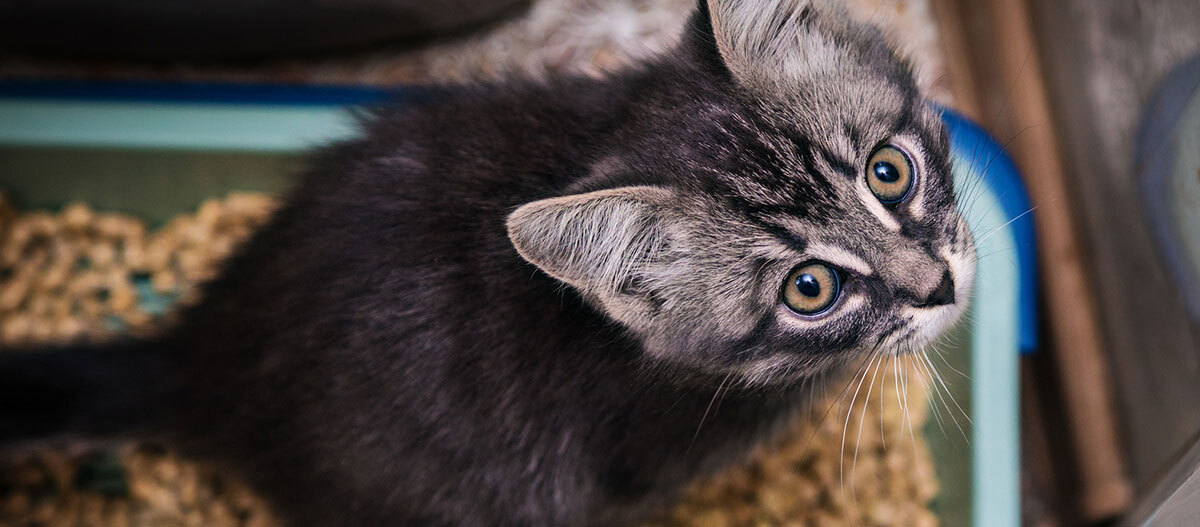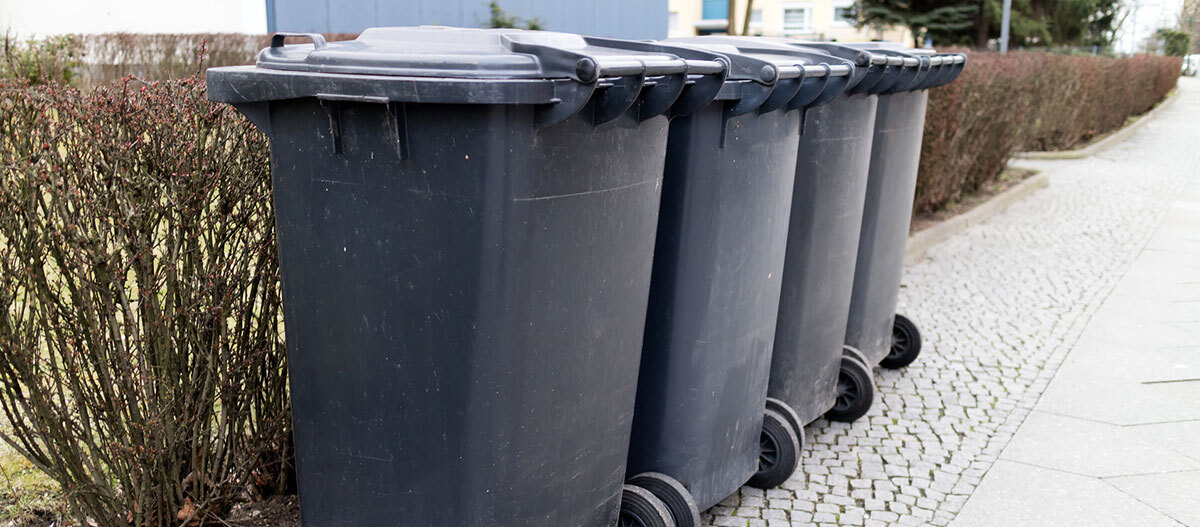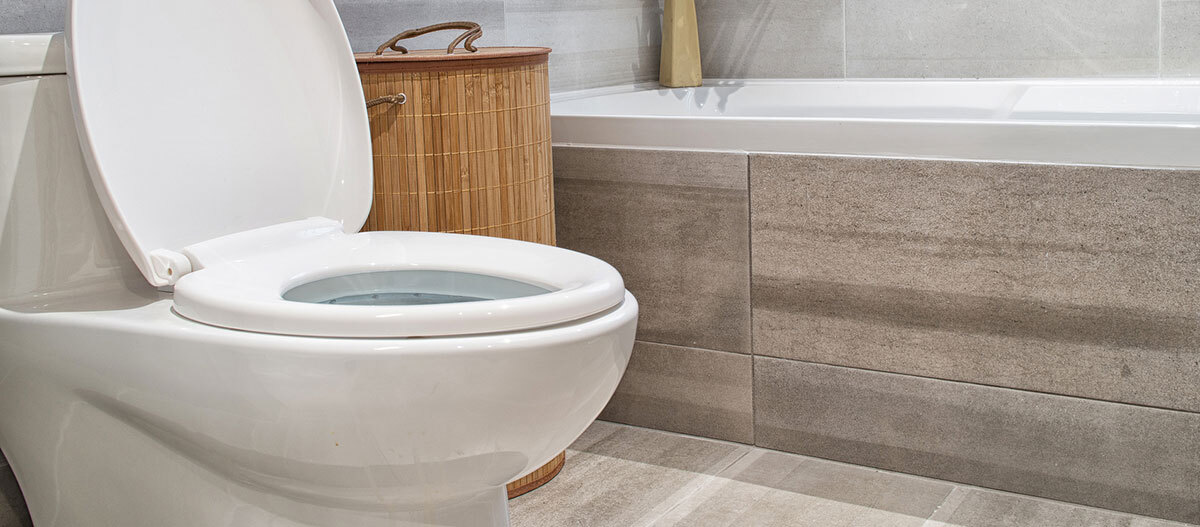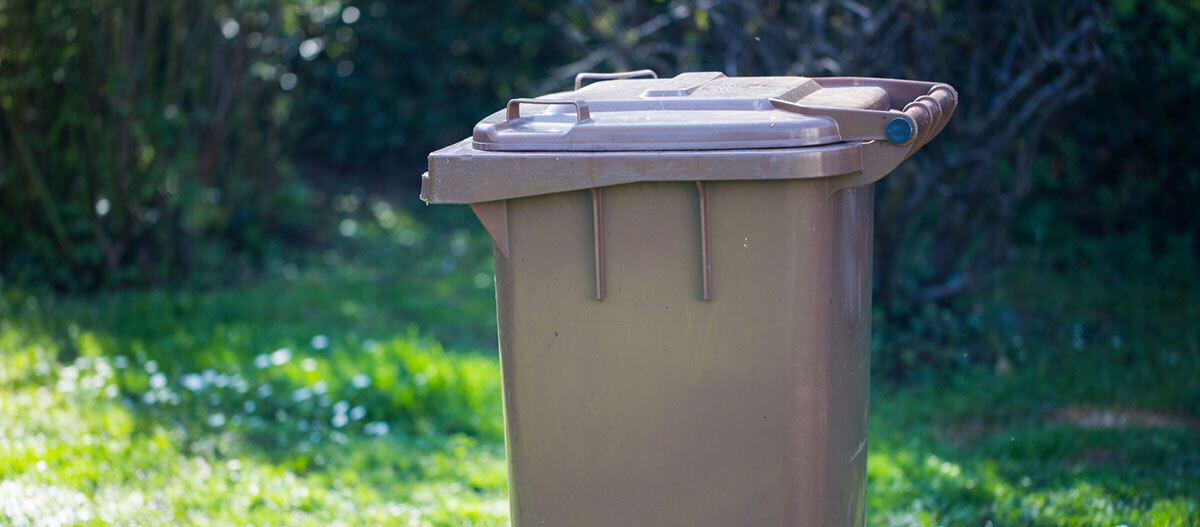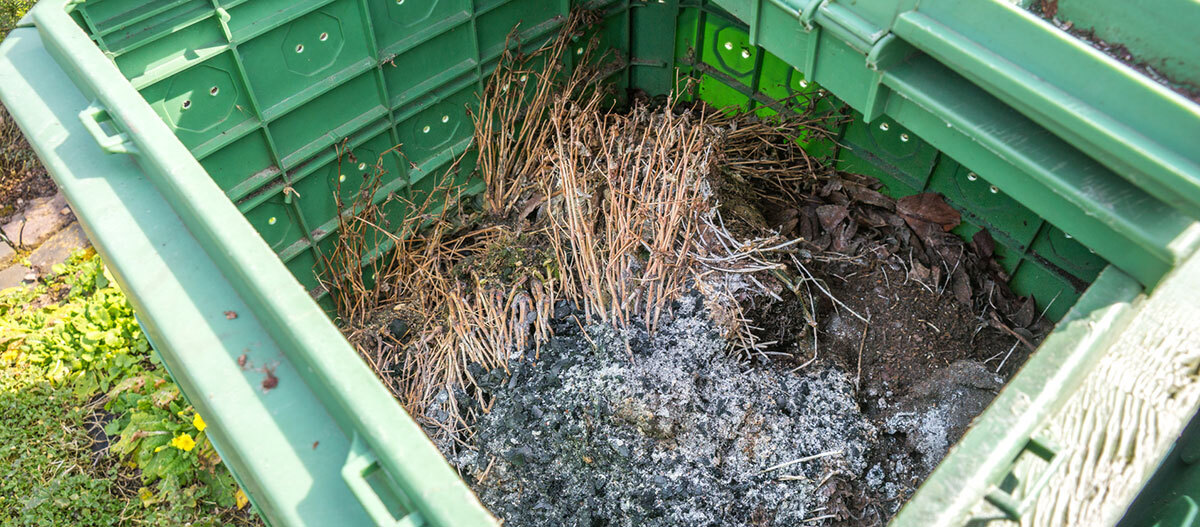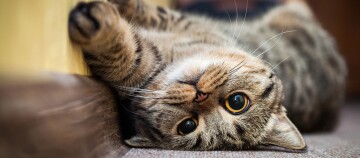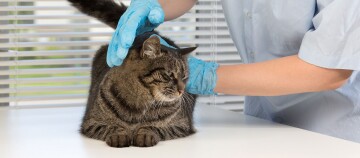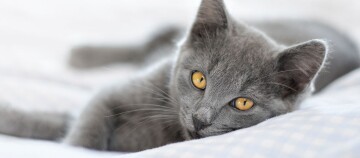Changing Kitty Litter Is Not Hard - When to Clean the Cat Toilet
07.10.2022 - Reading time: 5 minutes
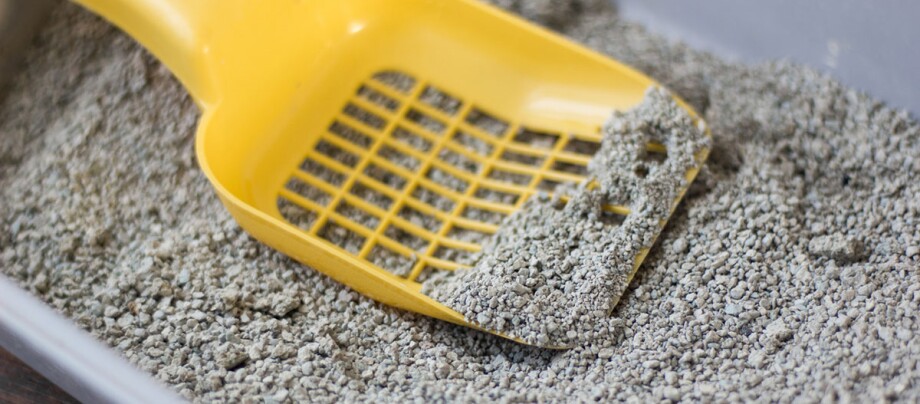
When the cat has relieved itself in the cat toilet, its problem is solved. But now it’s yours: what should you do with the cat faeces and urine and the old litter? With the right tricks, cleaning the cat toilet will quickly become routine. The disposal of your cat’s leavings and the kitty litter is really not complicated at all.
How often should I change the cat litter?
A cat without digestive problems normally uses the cat toilet once or twice a day to excrete and about five times a day to urinate. Depending on the fibre content of the food, and the cat’s age and habits, the frequency naturally varies for individual cats. As long as the animal does not deviate significantly from these rough amounts, this is an indicator for a typical level of contamination for a cat toilet.
How often you have to change the cat litter depends on the concrete conditions of the location, how heavily used the cat toilet is and how often it is visited. If it is an exclusive toilet for a single house cat, it is enough to check the litter once a day with a sieve shovel if you are using clumping litter. Sieve out any solid material – that is, faeces and clumps that have formed from the cat urine in the litter. If you have multiple cats in your household and they use the same toilet, you should check it more often, i.e. two or three times a day. If the cat is suffering from an acute gastrointestinal complaint, or excretes or urinates more often, it needs to be cleaned quickly for the sake of hygiene. The litter you have removed with the faeces should be replaced. The entire litter in the tub should be replaced at least twice a month, though this also depends on the number of cats.
If you use non-clumping litter, you should also remove the solid faecal matter daily. The contents of the tub, however, must be completely replaced much more often. When the tub is empty, use the opportunity to clean it thoroughly and disinfect it.
If your cat is an outdoor cat, regular replacement of the litter and cleaning of the toilet plays an even more important roll: when wandering around outside, cats can come into contact with substances that should not be spread due to uncollected faeces.
Disposal tip: cat faeces and litter in the rubbish bin
Now you’ve removed the faeces and urine clumps from the cat toilet. What now?
A normal way to dispose of used cat litter is in the household waste. However, many cat owners are afraid to simply dump cat faecal matter into the rubbish bin. A product from the dog department can help: poo bags used by dog owners for going walkies are also available in biodegradable varieties and can be recommended when the household waste is or cannot emptied on a daily basis. The cat faeces stay sealed against moisture or odour leakage.
Furthermore, for easy and odour-free disposal, cat litter disposal bin are also available, saving you a daily trip to the bin.
How can I dispose of kitty litter?
What supplementary products are there for handling kitty litter?
Kitty litter shovels
The blade of the kitty litter shovel has holes in it and the shovels are available in plastic or metal, and in varying degrees of fineness. It is worth getting both a courser and finer shovel: with the courser shovel, you can remove the larger material on a daily basis; with the finer shovel you can also catch finer contaminants. The more completely you sieve the kitty litter, the longer it will be usable.
Cat litter buckets
Who hasn’t done it: collect the clumps every day, close them in a baggie and dump them in the bin. A cat litter bucket with a multi-layered, breathable film tube can be a great help, allowing you to collect the contaminated litter for up to two weeks, absolutely odour-free and hygienically. That save you the daily trip to the bin.
Inlay packs for cat toilets
The inlay packs are a very new product on the pet market and make for easier use and disposal of the kitty litter. This is packaged using a non-woven inlay which is hung like a diaper inside of the cat toilet. The idea is to make disposal more comfortable. Some cats, however, disagree as to whether this liner is actually an exciting toy. It’s worth trying out with your own cat.
Odour stopper
in powder or spray forms are helpful for human noses. With these substances, the floor of the tub and the surfaces of the litter layers are treated, and some products also have a disinfectant effect. However, they can also cause your cat to not want to use the cat toilet because, in its opinion, it stinks.
